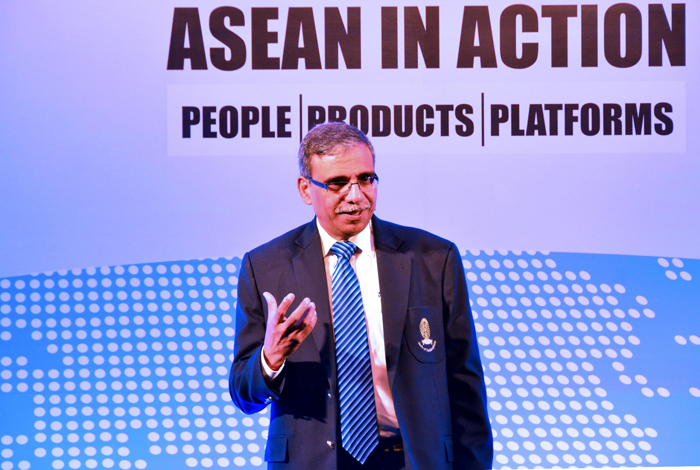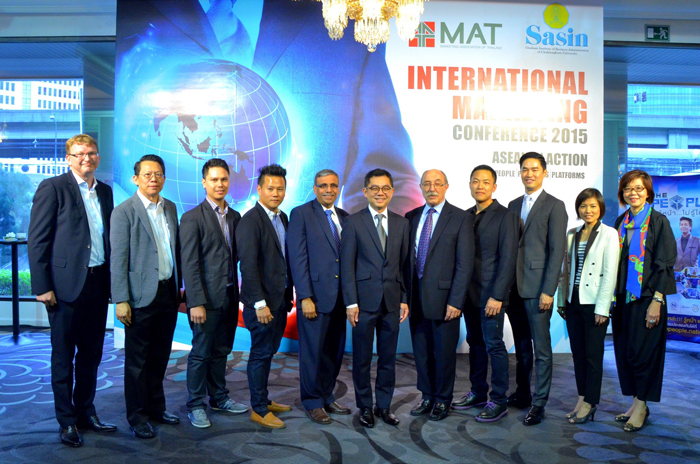
PICHAYA CHANGSORN
THE NATION July 25, 2015 1:00 am
TO EMBRACE the “new normal” of lower economic growth, George Abonyi, a visiting professor from Syracuse University in the United States, suggested that Thai companies shift their focus from exporting to innovating.
And to achieve this goal, the country should broaden its viewpoint to accept that innovation can come not only from investment in high-level research and development, but there are also many entry points for Thai firms to “add value” and win in the Asian emerging markets.
“Breakthrough consumer insights can be as or more important to a firm in commercialising new ideas. The challenge is to strengthen innovation suited to consumers and conditions of Asian emerging markets, such as through using ‘frugal innovation’ and ‘reverse innovation’ concepts,” Abonyi said at the “International Marketing Conference” held by the Marketing Association of Thailand (MAT) yesterday.
Frugal innovation means taking the aspirations and needs of consumers in emerging markets to produce products with the same, tailored or new functionalities at lower costs. Among its examples are the Rapoo computer mouse in the Chinese market and First Energy’s Oorja Stove in India.
General Electric’s electrocardiogram machine is an example of reverse innovation, which is a development of products in emerging markets that find buyers in developed countries.
While Thailand is not doing so well in traditional measures such as R&D spending, Abonyi said the Kingdom had enormous potential for innovation, thanks to its inherent capacity for design, globally admired crafts, products and services.
To translate this potential into performance, he suggested the country strengthen its national innovation system to encompass a collaboration among the government, business, education, and NGO sectors.
In his keynote address, Dipak Jain, a director of Sasin Graduate Institute of Business Administration, told the conference that the 21st century would be an era of human capital development, customer-centric and purpose-driven, and ASEAN.
He pointed to three major growth areas in Asean: Customer wellness (healthcare and wealth care), customer engagement (media and entertainment), and customer hospitality (tourism, travel and hotels, restaurants).
“For young entrepreneurs, the time has come for us to create Thai cuisine, Thai fashion, and Thai entertainment products” to capture rising opportunities in Asean markets, said Jain, a former dean at the Kellogg School of Management at Northwestern University in the US.
Anuvat Chalermchai, president of MAT, said a study had found that Thai products were the second most preferred among Asean consumers, following only Singaporean brands. Hence Thai companies should capitalise on their “Made in Thailand” brands to capture the growth opportunities in Asean, especially in Cambodia, Laos, Myanmar and Vietnam markets.
Because of their younger populations and higher economic growths, the CLMV markets may be even more attractive than the whole Asean region, he said.
Source link: https://www.nationmultimedia.com/business/Accept-new-normal-shift-from-export-focus-to-innov-30265190.html


